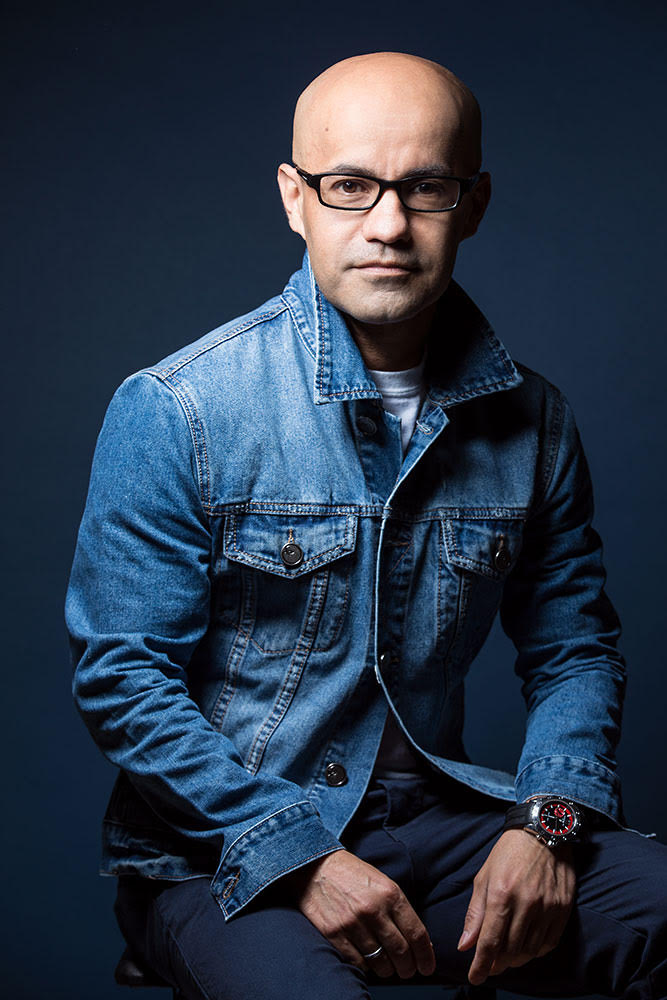Fabio Silva serves as the advisory board “legal guru” for our Elaine Gold Launch Pad program with the Accessories Council. He has over 18 years of experience, in private practice and asin-house counsel for , Tory Burch, Burberry, Giorgio Armani, and Fab.com. Silva has a legal degree from Stanford Law School, a fashion design degree from Parsons School of Design, and a B.A. in business economics from the University of California, Santa Barbara. He recently hosted a Legal Bootcamp with Elaine Gold Launch Pad designers Alexis Isabel, Bode New York, Ffora, Genusee, Jahnkoy, and Khiry, during which he defined actionable items available to designers in protecting their products, their brand, and themselves. We asked Silva about best practices for emerging talent.
What interests you in working with start-ups?
I enjoy working with start-ups because it allows me to paint on a clean canvas. During my career, I was often tasked with cleaning up years of disorganization at the substantial expense and disruption of a client. Working with a start-up presents a unique opportunity to establish good habits at the earliest and perhaps most significant stages of a company’s existence. While the founders pursue business opportunities, I focus on maintaining the legal integrity of the company and developing its intellectual property portfolio. A solid corporate structure that follows legal formalities, a record of consistent legal compliance, and a comprehensive intellectual property portfolio are attractive to prospective investors, shareholders, lenders and collaborators.
What is the most popular legal issue you see emerging designers running into?
The most popular legal issues for emerging designers tend to center around intellectual property. They may unwittingly spend time and resources developing a concept or a brand that is vulnerable to an allegation of infringement. Likewise, emerging designers may find their intellectual property being infringed, often by a designer that is more established and perhaps better-funded. These situations may result in legal issues that at best are expensive to handle and at worst could break a company before it has a chance to take off.
What do you hope the designers will take away from you as an advisory board member for Elaine Gold Launch Pad?
Creatives and business people often have a reluctance to involve attorneys, perhaps out of a fear that attorneys will unnecessarily complicate matters. However, not working with a competent attorney can present significant issues – some of which are not easy or even possible to later remedy. That said, not all attorneys are alike. Designers should seek out attorneys who take practical approaches to legal issues and understand how to balance risks against objectives. An attorney with significant in-house experience, who can inform without relying on legal-jargon, whose focus is to help his or her client meet objectives, and has a proven track record of identifying creative and legally compliant solutions, is both invaluable and difficult to find. But I want the designers to know that we do indeed exist.
What should designers do better to protect themselves?
In general, a designer should work closely with an attorney having broad experience in the fashion retail/wholesale industry. Specifically, there are three areas where designers should place special attention in order to better protect themselves:
- (1) Regulatory Compliance. Marketing and selling products of any kind opens the door to scrutiny by federal, state and local regulatory agencies. Establishing a record of regular legal compliance will lessen the scrutiny and over time will result in significant cost avoidance.
- (2) Commercial Contracts. Every transaction by a designer, whether with a customer or vendor, creates a contractual obligation with express and/or implied terms. If any of these transactions are sizable and/or numerous, an attorney should be tasked with establishing the express terms intended to protect the designer. Express terms should make their way onto a designer’s standard website terms of use, privacy policy, manufacturing terms & conditions, vendor terms & conditions, nondisclosure agreements and wholesale terms & conditions.
- (3) Intellectual Property. Designers should protect their trademarks, starting with their core brand and extending out to sub-brands and individual product brands. This means filing intent-to-use trademark applications before investing marketing or manufacturing dollars in any brand.
What advice would you give new emerging designers entering the industry?
Designers should surround themselves with trustworthy advisors in three major areas: business, tax and legal. While business and tax advisors will advise emerging designers on ways to grow their business and minimize their tax obligation, a legal advisor will identify ways to protect assets and minimize legal liability.
Name an “absolute no-no” that a designer should be aware of.
Do not do it alone. All designers who have reached even a modest level of success have partnered with and depended on professional advisors. Involving experienced and loyal advisors may not initially appear to generate any measurable results. However, over the long term, designers will recognize the involvement of these advisors as invaluable.



